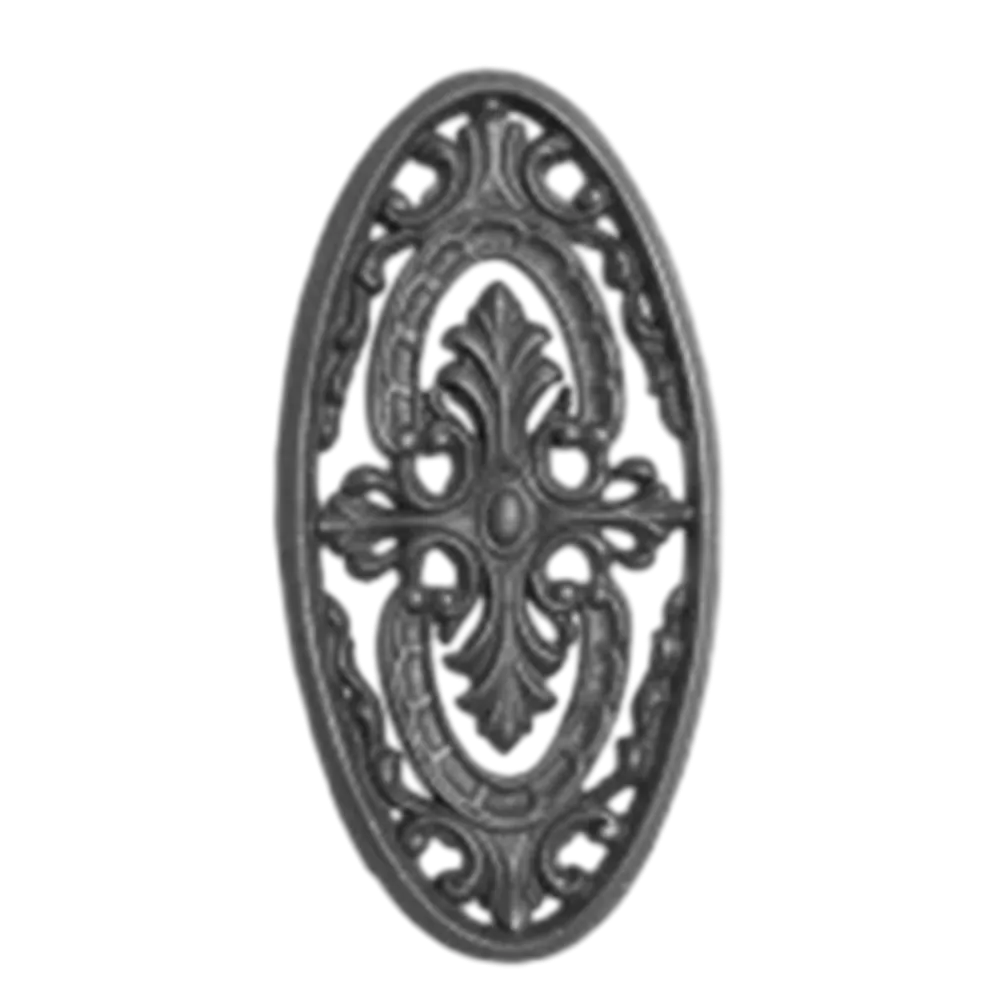sliding door roller
The Importance of Sliding Door Rollers in Modern Architecture
Sliding doors have become a quintessential feature in modern architecture, seamlessly merging indoor and outdoor spaces, enhancing accessibility, and providing a touch of elegance to homes and commercial buildings alike. At the heart of this innovative design lies a seemingly simple yet vital component the sliding door roller. Understanding the significance and functionality of sliding door rollers can help homeowners and builders alike appreciate their role in the overall performance of sliding doors.
What Are Sliding Door Rollers?
Sliding door rollers are mechanical devices that facilitate the smooth movement of sliding doors along a track. Typically mounted at the top or bottom of the door, these rollers allow the door to glide effortlessly open and closed. Most roller systems consist of a wheel that fits within a track, enabling the door to slide with minimal effort. The quality, design, and installation of these rollers play a crucial role in the overall performance and longevity of the sliding door system.
Types of Sliding Door Rollers
There are several types of sliding door rollers available on the market, each designed for specific applications. The most common types include
1. Top-Mounted Rollers Positioned at the top of the door, these rollers provide a sleek profile and are often used in pocket doors where the door slides into a wall. They minimize floor space usage and create a clean look.
2. Bottom-Mounted Rollers These rollers are installed at the bottom of the door, providing stability and support. They are suitable for heavier doors, such as patio or commercial sliding doors, where the weight distribution is crucial.
3. Adjustable Rollers Some sliding door roller systems come with adjustable features, allowing users to customize the height and fit of the door. This is particularly useful in ensuring a proper seal and improving energy efficiency.
4. Heavy-Duty Rollers For larger commercial applications, heavy-duty rollers can support significantly more weight and are designed to withstand frequent use. They are perfect for industrial settings or high-traffic areas.
sliding door roller

Benefits of Quality Sliding Door Rollers
Investing in high-quality sliding door rollers has numerous advantages
- Smooth Operation Quality rollers ensure that sliding doors operate smoothly, reducing the risk of jamming or sticking, which can lead to wear and tear over time.
- Durability Durable materials in roller construction, such as stainless steel or reinforced nylon, extend the lifespan of the sliding door system, reducing the need for frequent replacements.
- Noise Reduction Well-engineered rollers minimize noise during operation, providing a quieter and more pleasant environment, especially in homes or offices.
- Safety Reliable sliding door rollers promote safety by ensuring that doors remain securely in place while open or closed. This is particularly important in homes with children or pets.
Maintenance of Sliding Door Rollers
To maximize the lifespan and performance of sliding door rollers, regular maintenance is essential. Homeowners should periodically clean the tracks and rollers to remove debris and dirt. Lubricating the rollers with a suitable lubricant can further enhance their movement and prevent rusting. Additionally, checking for alignment and wear can help identify potential issues before they become significant problems.
Conclusion
Sliding door rollers may seem like a minor detail in the grand design of sliding doors, but their importance cannot be overstated. They are the unsung heroes behind the elegance and functionality of sliding doors in modern architecture. By understanding the different types available, the benefits of high-quality rollers, and the importance of maintenance, homeowners and builders can make informed decisions that enhance the overall aesthetics and utility of their spaces. For those looking to incorporate sliding doors into their designs, investing in quality sliding door rollers is a step towards achieving a seamless and stylish transition between spaces.
-
Wrought Iron Components: Timeless Elegance and Structural StrengthNewsJul.28,2025
-
Window Hardware Essentials: Rollers, Handles, and Locking SolutionsNewsJul.28,2025
-
Small Agricultural Processing Machines: Corn Threshers, Cassava Chippers, Grain Peelers & Chaff CuttersNewsJul.28,2025
-
Sliding Rollers: Smooth, Silent, and Built to LastNewsJul.28,2025
-
Cast Iron Stoves: Timeless Heating with Modern EfficiencyNewsJul.28,2025
-
Cast Iron Pipe and Fitting: Durable, Fire-Resistant Solutions for Plumbing and DrainageNewsJul.28,2025
-
 Wrought Iron Components: Timeless Elegance and Structural StrengthJul-28-2025Wrought Iron Components: Timeless Elegance and Structural Strength
Wrought Iron Components: Timeless Elegance and Structural StrengthJul-28-2025Wrought Iron Components: Timeless Elegance and Structural Strength -
 Window Hardware Essentials: Rollers, Handles, and Locking SolutionsJul-28-2025Window Hardware Essentials: Rollers, Handles, and Locking Solutions
Window Hardware Essentials: Rollers, Handles, and Locking SolutionsJul-28-2025Window Hardware Essentials: Rollers, Handles, and Locking Solutions -
 Small Agricultural Processing Machines: Corn Threshers, Cassava Chippers, Grain Peelers & Chaff CuttersJul-28-2025Small Agricultural Processing Machines: Corn Threshers, Cassava Chippers, Grain Peelers & Chaff Cutters
Small Agricultural Processing Machines: Corn Threshers, Cassava Chippers, Grain Peelers & Chaff CuttersJul-28-2025Small Agricultural Processing Machines: Corn Threshers, Cassava Chippers, Grain Peelers & Chaff Cutters












